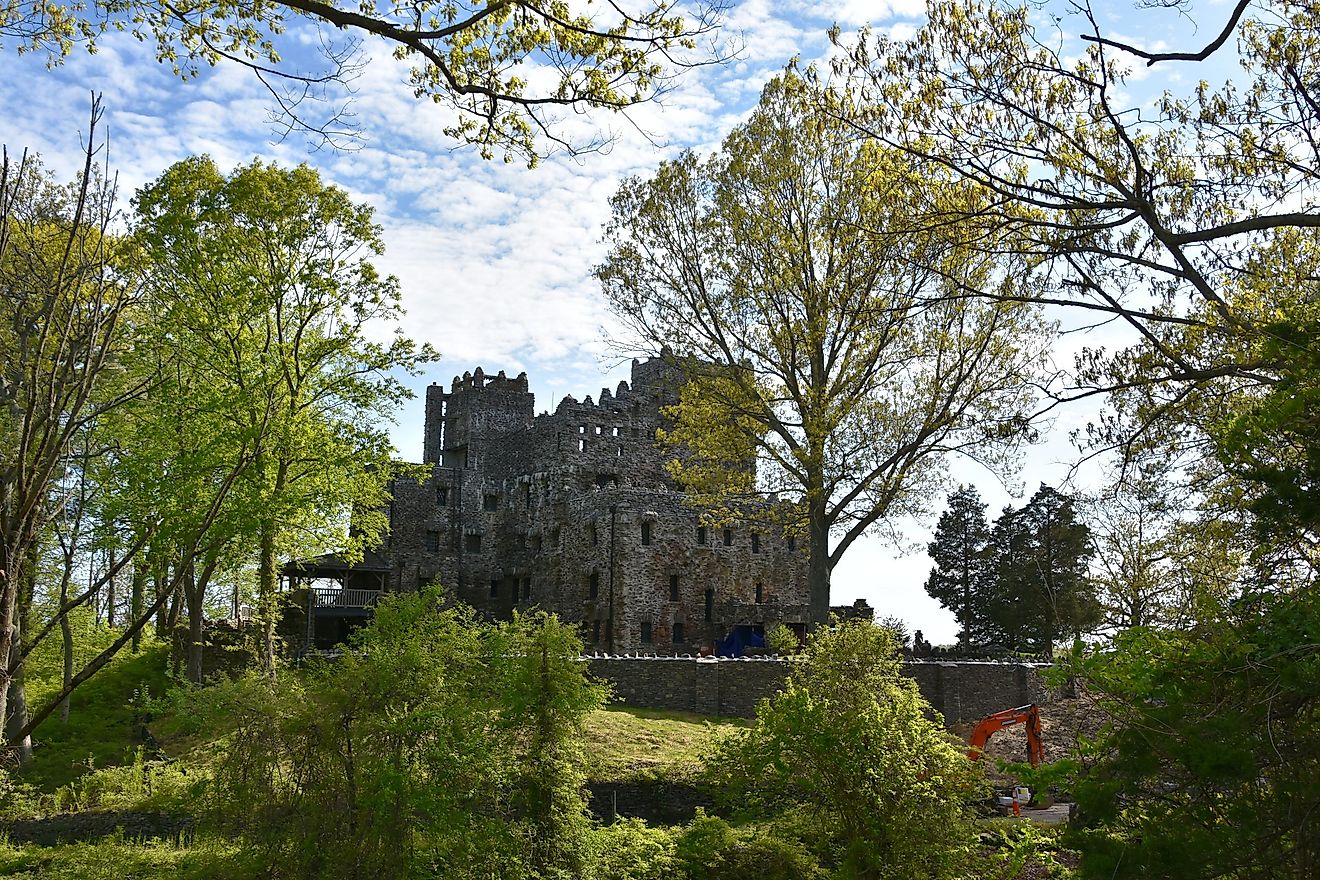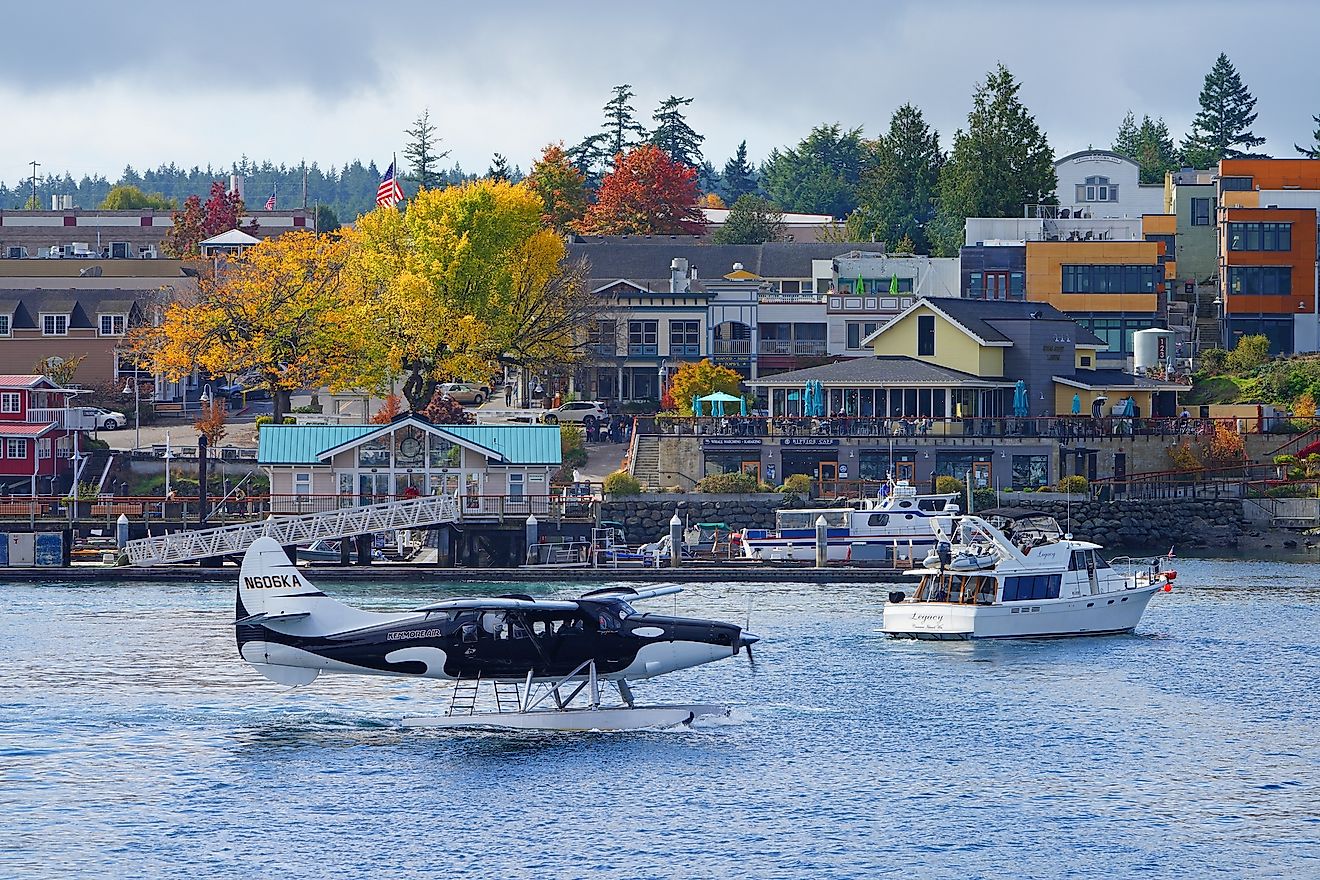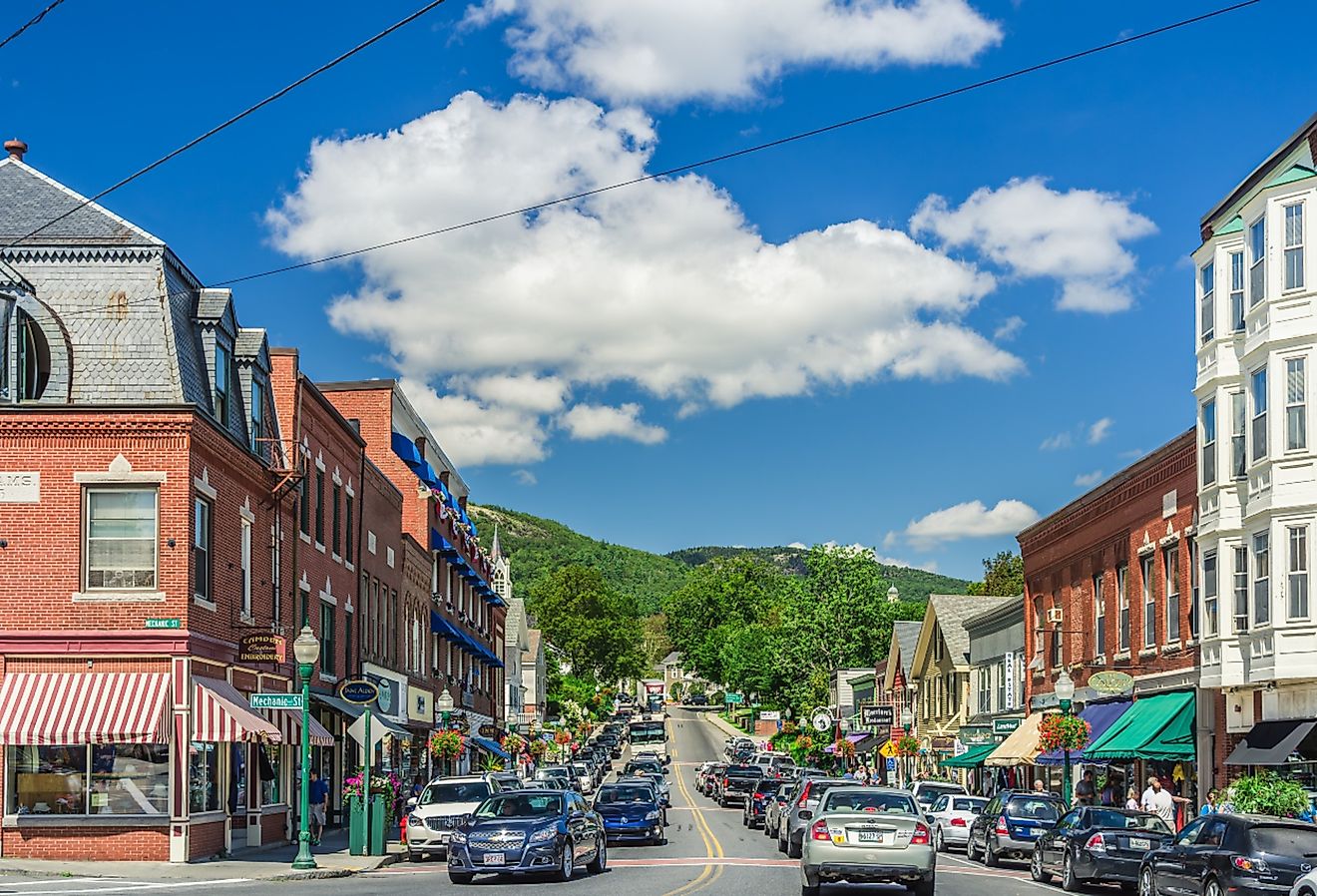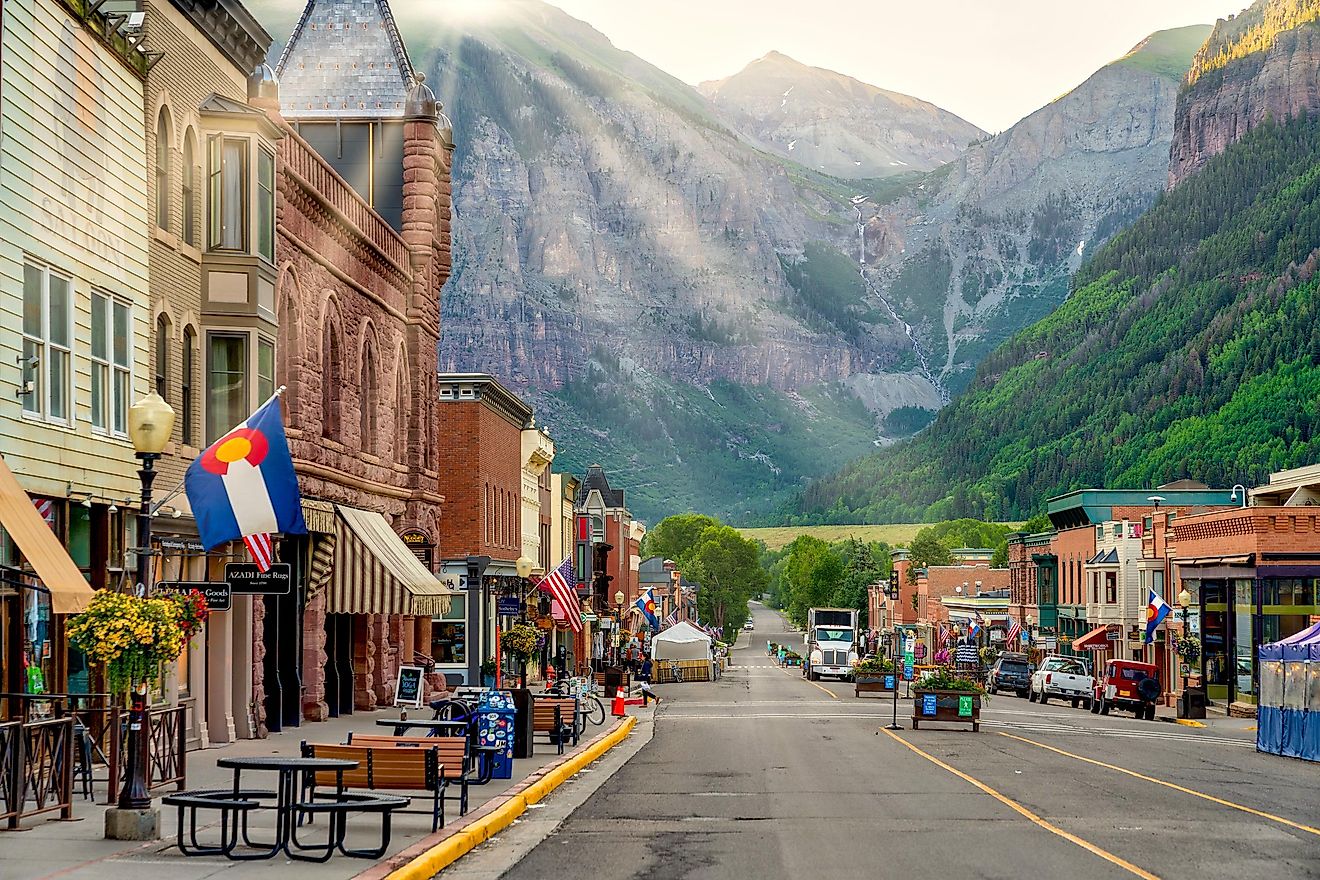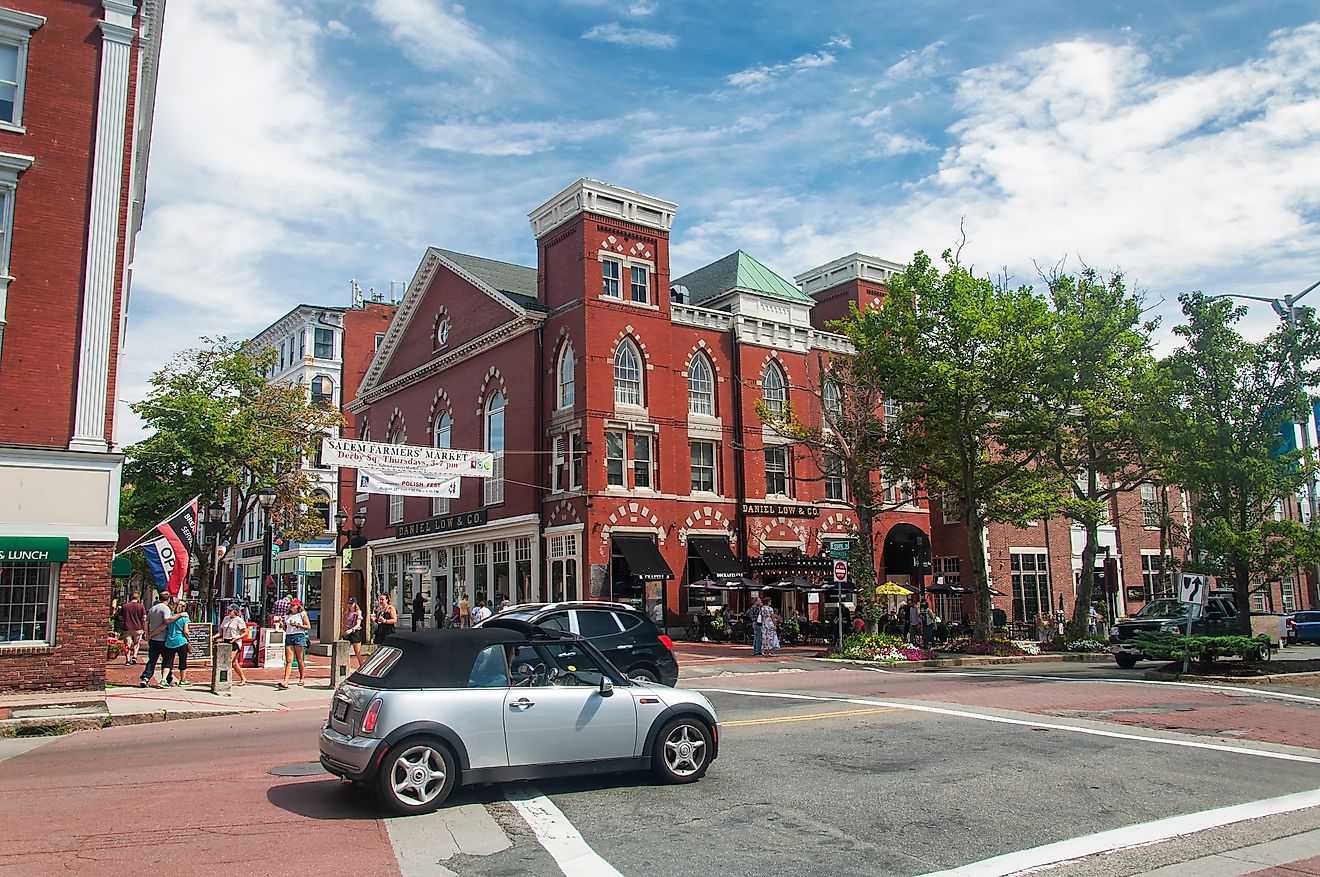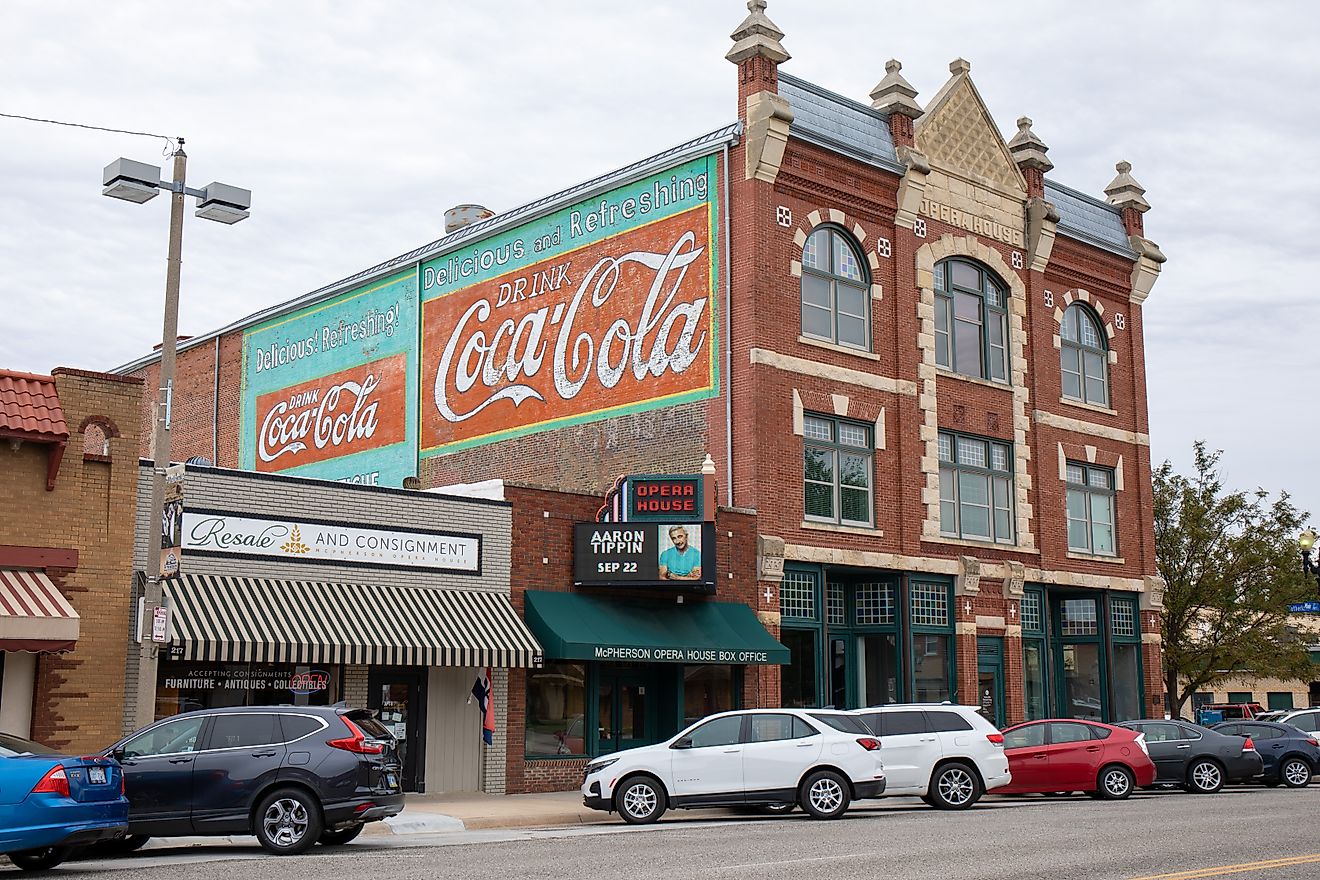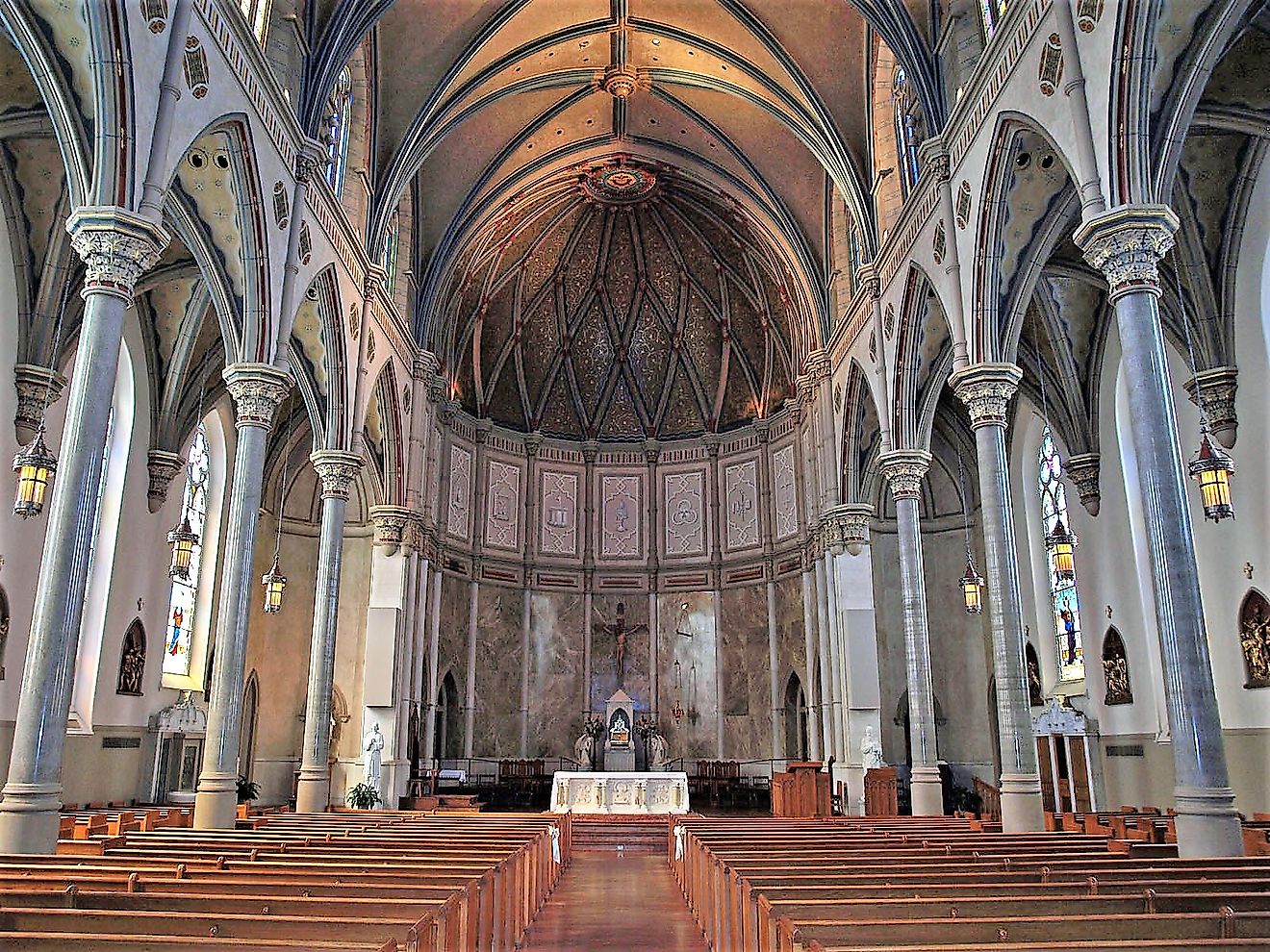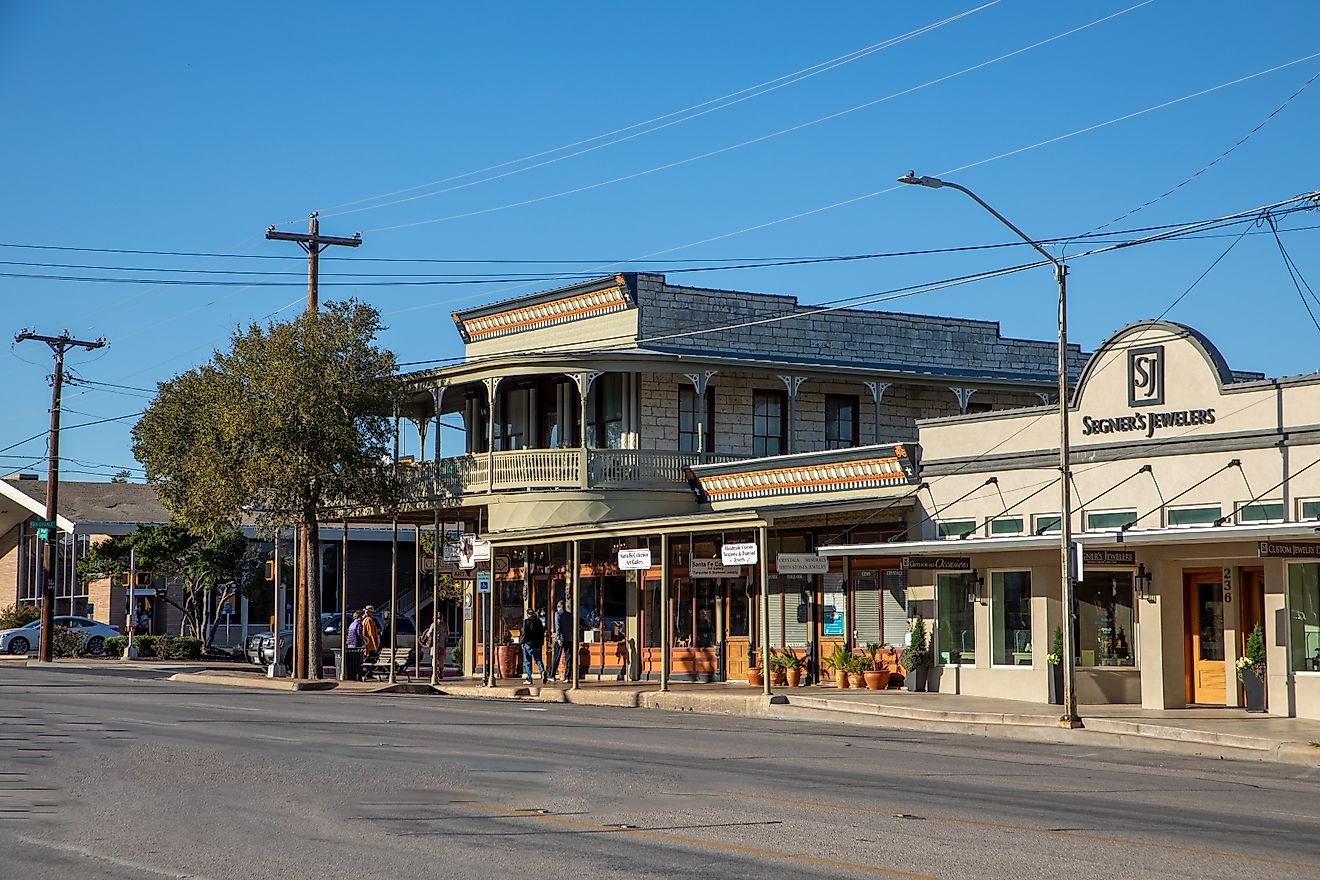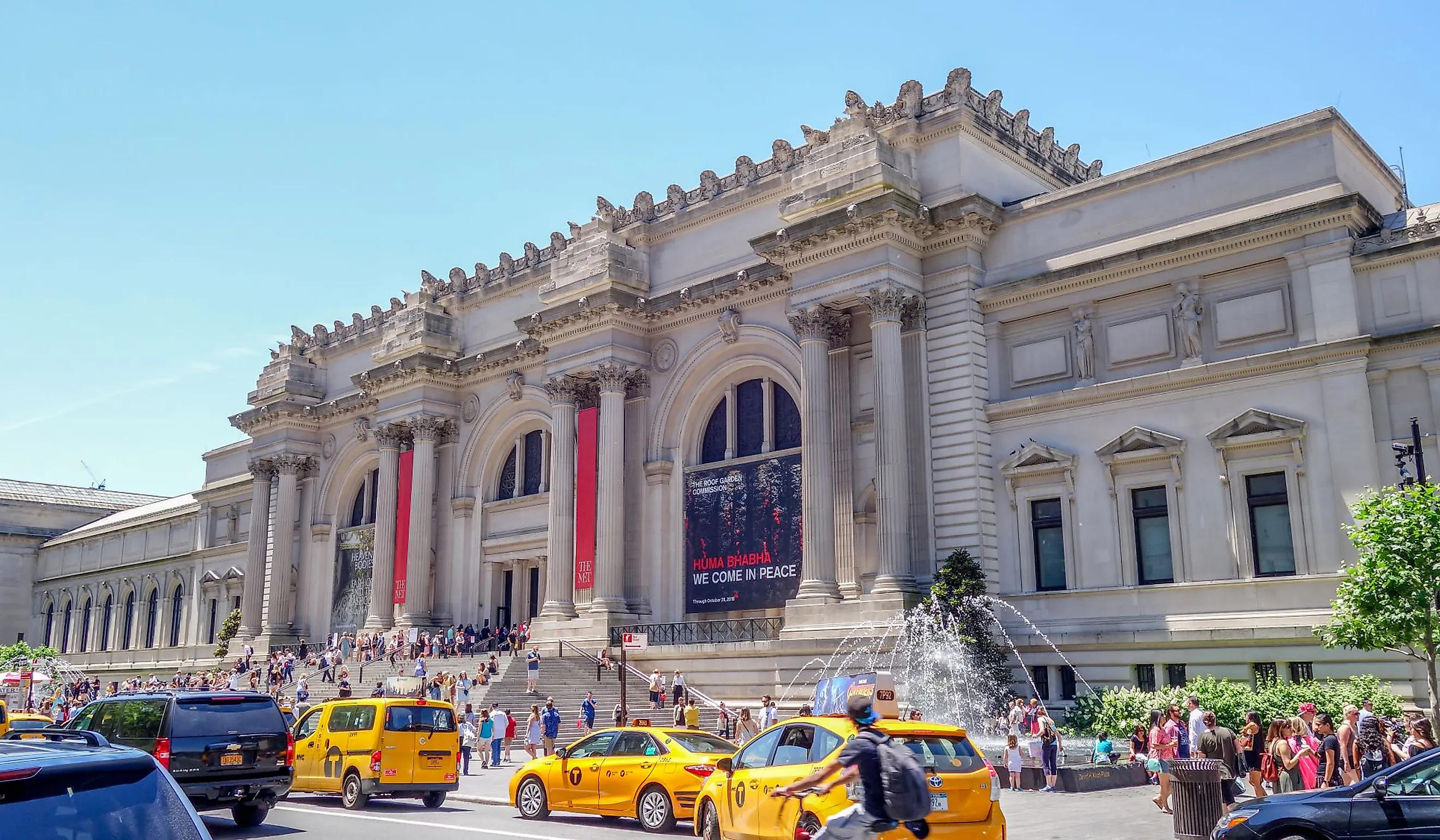
11 Best Museums In New York
It’s no secret that New York is one of the world’s great museum cities: no first visit to the Big Apple is complete without at least a few museum stops. But New York isn’t just the city, and it’s full of worthwhile museums that most out-of-state visitors have never heard of. Whether you’re touring the city or looking for something to explore on a business trip upstate, the whole state of New York is unbelievably packed with excellent museums. So while these 11 New York museums worth visiting include some of the world-famous heavy hitters, there’s plenty more to learn and explore.
Buffalo Transportation Pierce Arrow Museum - Buffalo
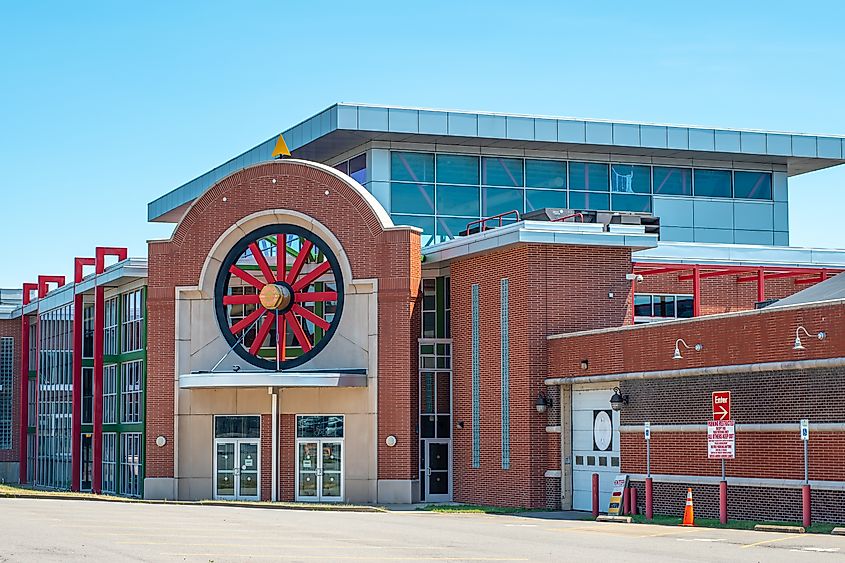
Did you know that Frank Lloyd Wright once designed a gas station? It’s true - and today, that filling station is the centerpiece of a museum dedicated to the history of transportation in the Buffalo area. In the early days of automotive manufacturing, Buffalo was a prolific manufacturing hotspot, so the museum heavily focuses on the locally-based Pierce-Arrow and Thomas Flyer brands. It also features exhibits on smaller modern-day transportation companies based in Buffalo.
However, the highlight is undoubtedly the Buffalo Filling Station, a life-sized model of a Jazz Age gas station constructed based on an original design by Frank Lloyd Wright as the museum’s pièce de résistance. Although the original filling station never made it off the page, the museum’s founder dug up Lloyd Wright’s blueprints and notes in 2002 in order to construct a faithful model of what it might have looked like if it were ever built. The full-sized replica is now the centerpiece of this excellent automotive museum, and it might just open your eyes to the untapped aesthetic potential of the humble gas station.
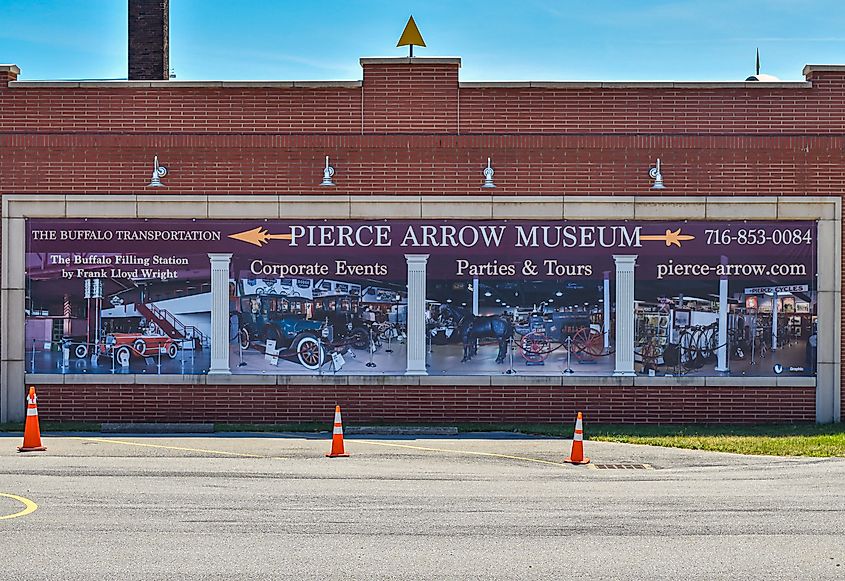
But this unsung transportation museum isn’t the only reason to stop by Buffalo. Although we’ve tried to choose museums in the greatest possible number of cities, Buffalo has plenty of other worthy museums to visit: the Buffalo AKG Art Museum is one of the state’s finest art institutions outside of New York City, and you can tour decommissioned battleships at the Buffalo Naval Park. If you fancy a quick road trip, you’re also not far from Niagara Falls.
Corning Museum of Glass - Corning
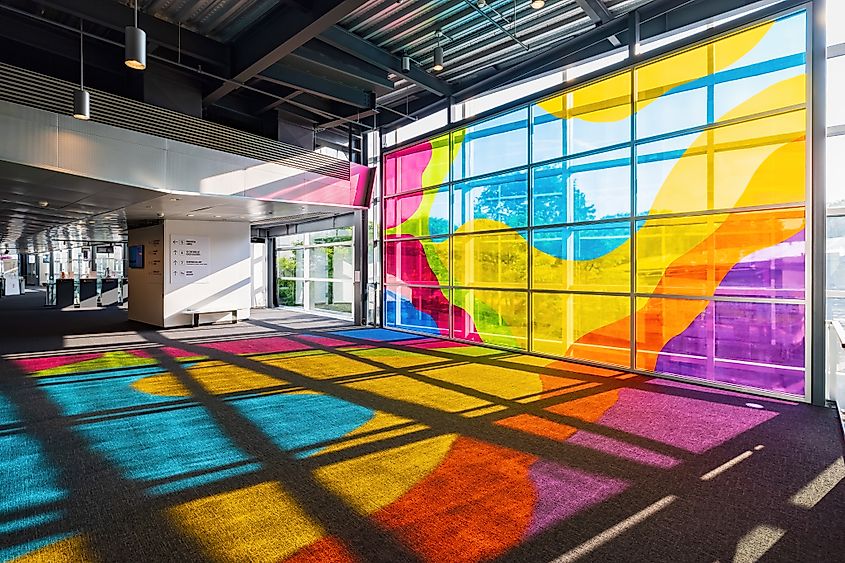
There are plenty of stellar art museums in New York. Only one focuses on glass. Founded by Corning Glass Works in 1951, the Corning Museum of Glass is a place to celebrate mankind’s many artistic achievements in glass. If that sounds broad, it’s because the museum’s collections span 3,500 years, and you’ll find examples of glasswork from nearly every region and culture you could imagine.
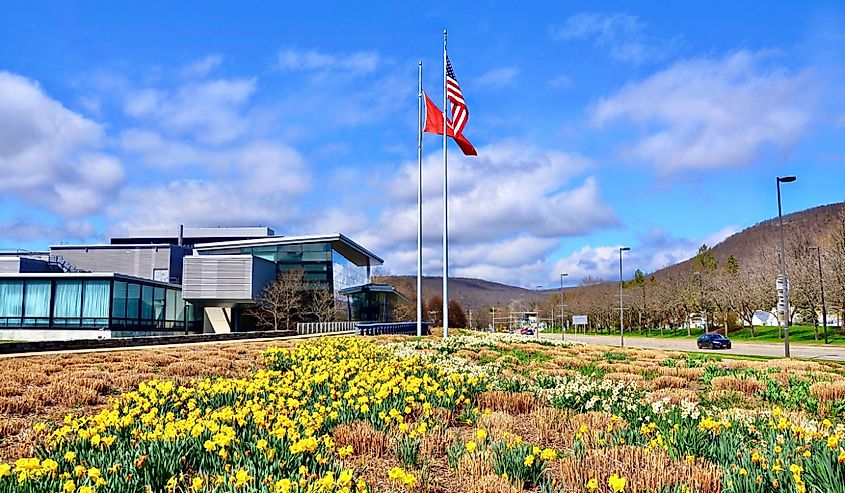
Scholarly types will be interested to know that the museum is also one of the world’s foremost places to learn the art of glassmaking and boasts one of the most comprehensive collections of glass-related research materials you’ll find anywhere. Visitors can watch master glassmakers at work or even take a glassmaking class. It may be a little bit niche as far as art museums go, but the Corning Museum of Glass’ passionate and comprehensive presentation of the wonders of glass has landed it on a dizzying array of “best-of” lists in recent years.
Corning may be a small town, but there’s plenty going on here for those who know where to look. You’ll be in the heart of Finger Lakes Wine Country, and if that’s not your thing, stop by Dippity Doo Dah’s Homemade Ice Cream for a scoop.
American Museum of Natural History - New York City
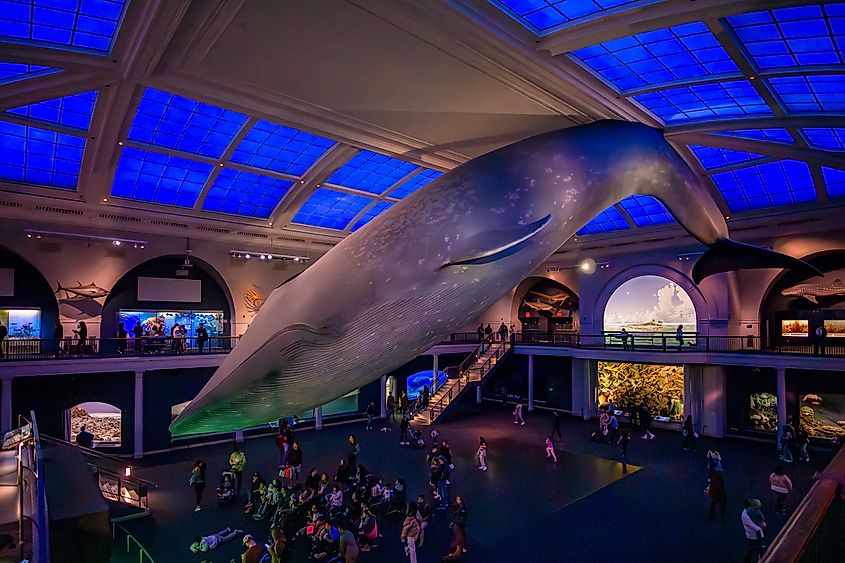
The iconic image of a scale-model blue whale suspended above the grand atrium in this palace of the sciences is the one most of us associate with the American Museum of Natural History, but it doesn’t tell the whole story. There’s infinitely more to this museum than taxidermied wildlife, and science enthusiasts could easily spend a whole day wandering the halls without seeing everything it has to offer.
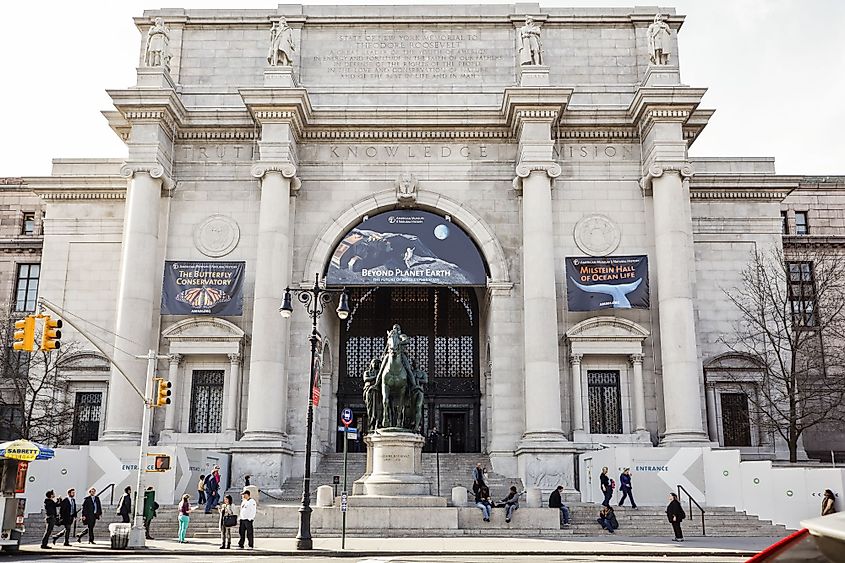
Since 1869, the American Museum of Natural History has aimed to make the world a little smaller. Equally focused upon nature, culture, and outer space, its exhibits cover just about every branch of science you could name and a few you probably couldn’t. Along with the Metropolitan Museum of Art, it’s one of the handful of New York City museums with worldwide name recognition and a perfect way to spend a rainy (or hot, or blustery) day.
Even better, the American Museum of Natural History is in a prime location: nearly every major New York City museum is located just across Central Park. If you love museums, you’d be wise to choose accommodations in the area: not only will you have a lovely view of Central Park, but most of the museums you’ll want to explore will be within walking distance.
Cradle of Aviation Museum - Garden City

If you find yourself in Long Island, stop by the town of Garden City to learn about the area’s role in the development of early aviation. Long Island’s geography is naturally suitable for experiments in flight, so it’s been involved in countless aviation milestones (one famous example: Charles Lindbergh’s seminal transatlantic flight took off here). You’ll find them all thoroughly and lovingly documented in this excellent museum dedicated to the history of early man-powered flight on Long Island.
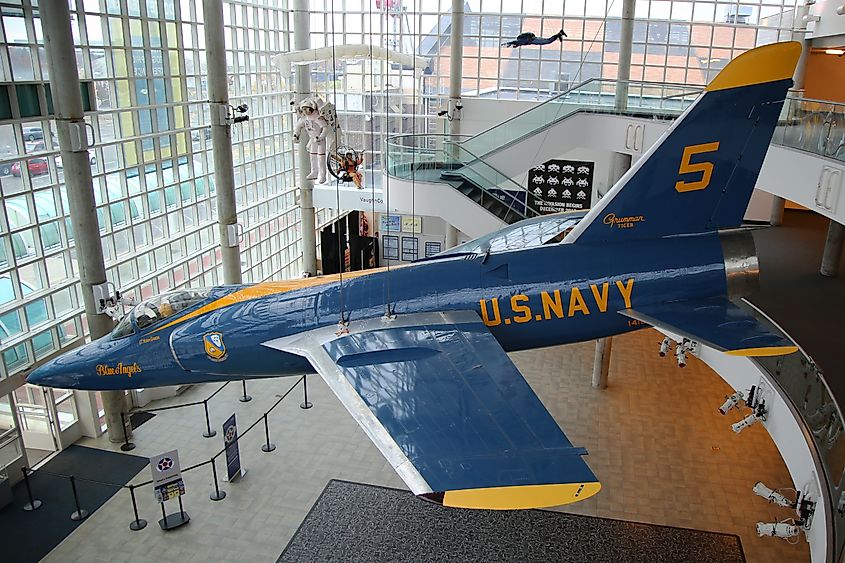
In addition to early aircraft, the Cradle of Aviation Museum chronicles the development of aviation from the present day into the future. If you’re interested in aviation, space exploration, or unique chapters in local history, this well-done museum is a must-visit on Long Island.
After you’re done exploring the museum, stop by The Cuban for a traditional Cuban meal in a lively setting with live music on weekends. Also nearby is the Westbury Manor, a stately mansion known for its beautifully manicured gardens.
Fort Ticonderoga - Lake Champlain
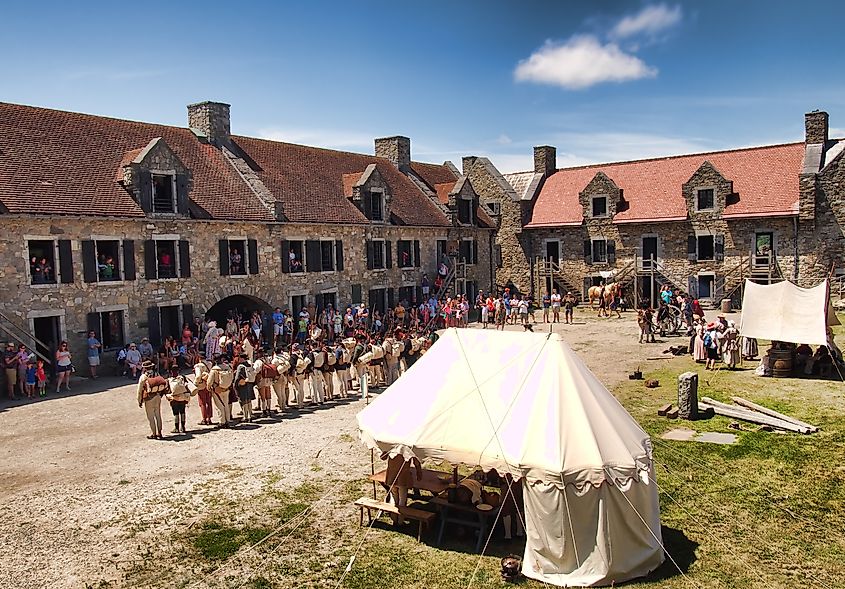
Ticonderoga is best known today as the name of a pencil manufacturer, but it’s also the name of a military fortification that played key roles in both the French & Indian War and the American Revolution. It’s also an early example of preservation: Fort Ticonderoga owes its existence today to a local family that began attempting to preserve the fort and its surroundings in 1820, and the site opened as a living history museum after that restoration was completed in 1909. It’s continued operating as a place to experience a long-ago chapter in American history ever since.
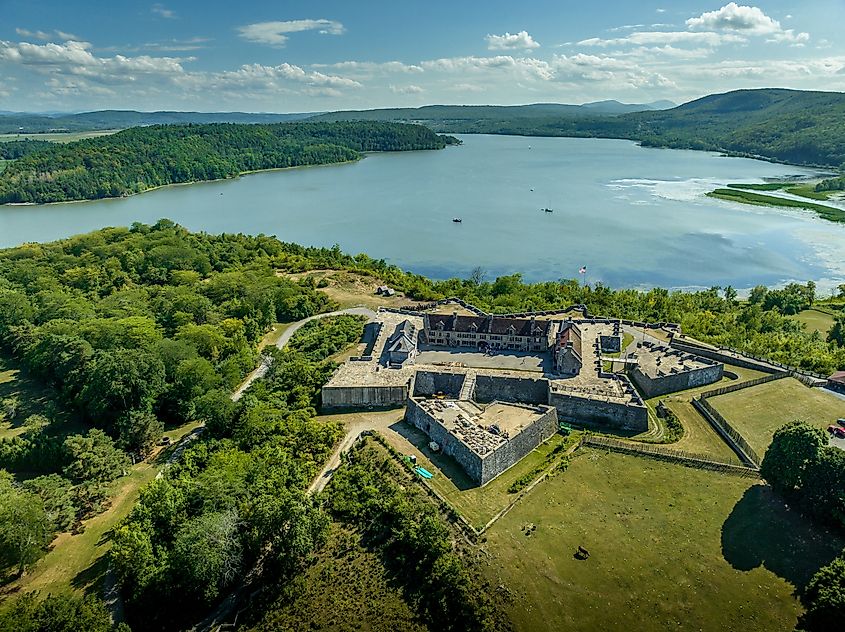
Designed as a working replica of the 270-year-old outpost, there’s more to do at Fort Ticonderoga than you could possibly fit into a single visit. It’s a must-see for anyone interested in the American Revolution or living history more generally. What’s more, its scenic location between Lake Champlain and the Green Mountains across the border with Vermont is worth taking the time to enjoy for its own sake. If you don’t love the typical museum experience of observing artifacts behind glass, Fort Ticonderoga offers a lively education in military history in a beautiful setting.
Metropolitan Museum of Art - New York City

The Met needs absolutely no introduction. One of the world’s great art museums, you could spend weeks in the Metropolitan Museum of Art without seeing all of its treasures. Spanning nearly every imaginable medium, genre, era, and region of the world, the Met’s collections have something to offer even the least artistically-inclined visitor.
First-time visitors to New York City might be tempted to skip this palatial 155-year-old tribute to the world’s greatest art, but you’d be remiss not to give it a try. Go in knowing that you won’t be able to see and absorb every part of its massive collection, and you’ll have much more fun searching for highlights like the Temple of Dendur (a fully original Egyptian temple reconstructed inside the museum), One of Monet’s Water Lilies paintings, and Emanuel Leutze’s iconic “Washington Crossing the Delaware.”
Located at the edge of Central Park, a stone’s throw from most of New York City’s other famous museums, a day exploring the Met and its surroundings is an iconic addition to any New York itinerary. Whether you’re particularly interested in art or not, it’s worth spending a couple of hours exploring one of the foremost American museums.
Museum of Modern Art - New York City
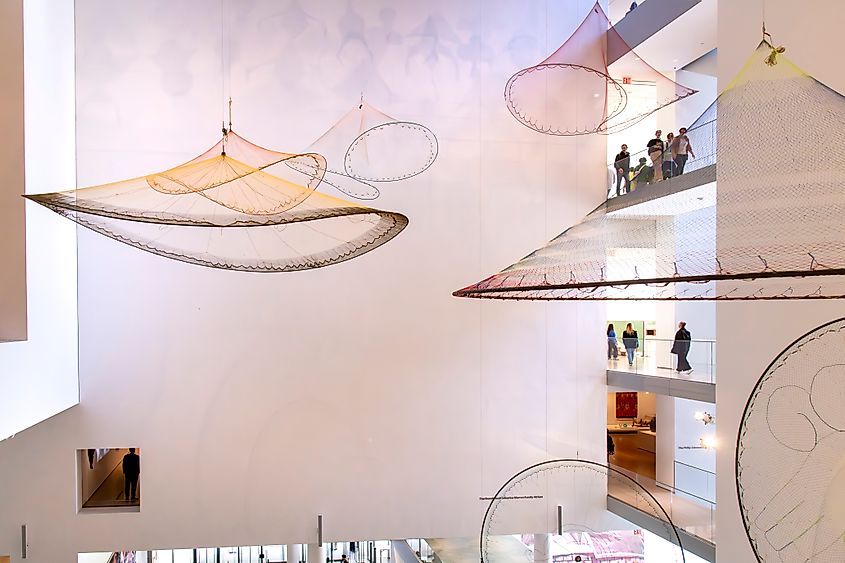
This list easily could have been filled with museums in New York City alone, but the Museum of Modern Art, or MoMA, stands out as one of the finest. Unlike the Met, its focus is on more contemporary works (albeit broadly defined), focusing on representing worldwide artistic achievements of the past century or so. It’s been bringing what’s new, innovative, and buzzy in the art world to the public since 1929, and even if you think you hate “modern art,” there’s something in its diverse collection to appeal to all tastes.
That said, MoMA exhibits one painting that transcends those questions of personal preference. And to many, a visit to MoMA is worthwhile just for the chance to view Vincent Van Gogh’s Starry Night in person. Although we highly recommend taking the time to see what else this venerable museum has to offer, you would be forgiven for stopping by just to see its most iconic painting.
MoMA is in the ritzy Midtown area of Manhattan, so if you’re planning on reserving a table for a dressier meal, there are plenty of options in the museum’s immediate surroundings that you might pair with a visit. La Bonne Soupe, an upscale French bistro, is an agreeably mid-budget choice for well-done classics if you’re not looking to break the bank.
National Baseball Hall of Fame - Cooperstown
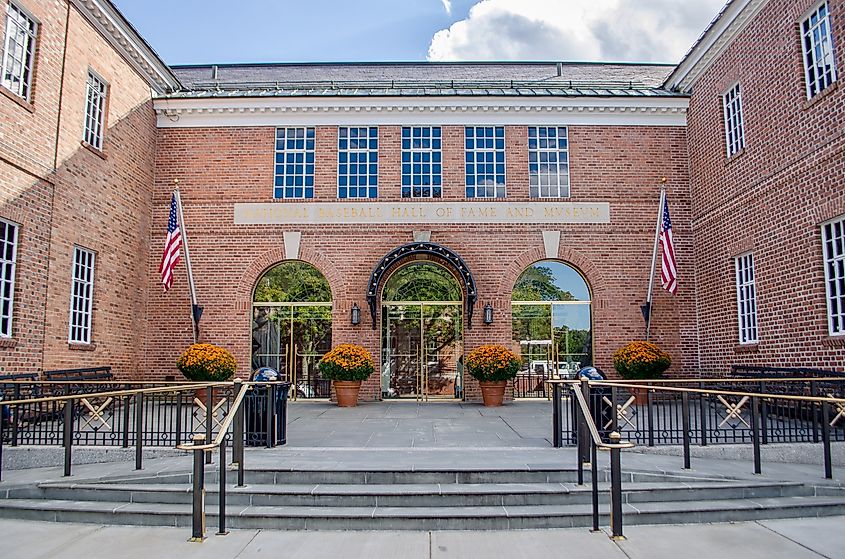
If you’re visiting Cooperstown, there’s a decent chance you’re a baseball fan. It’s not the kind of place people end up by accident, but as the supposed birthplace of baseball, it’s become a popular destination for sports fans, especially thanks to this museum, opened in 1939 to chronicle the development of baseball and celebrate its brightest stars. In addition to exhibits of historically significant baseball-related artifacts, the National Baseball Hall of Fame is home to - of course - a fully operational baseball stadium.
Although it’s highly unlikely that baseball really was created in Cooperstown, the Hall of Fame has nevertheless kept the town’s significance to the sport intact in the public eye. Today, it’s a place to view baseball memorabilia and games alike - its adjacent baseball field hosts the annual Hall of Fame Classic. There’s no denying that isolated Cooperstown is a bit of a trek, but if you’re a passionate baseball fan, it will be well worth it.
Although Cooperstown is best known for its baseball connections, it’s also a charming upstate village in its own right. While you’re in the area, check out the charming Cooperstown Historic District for its pleasant scenery and preserved historical architecture.
Susan B. Anthony Museum & House - Rochester
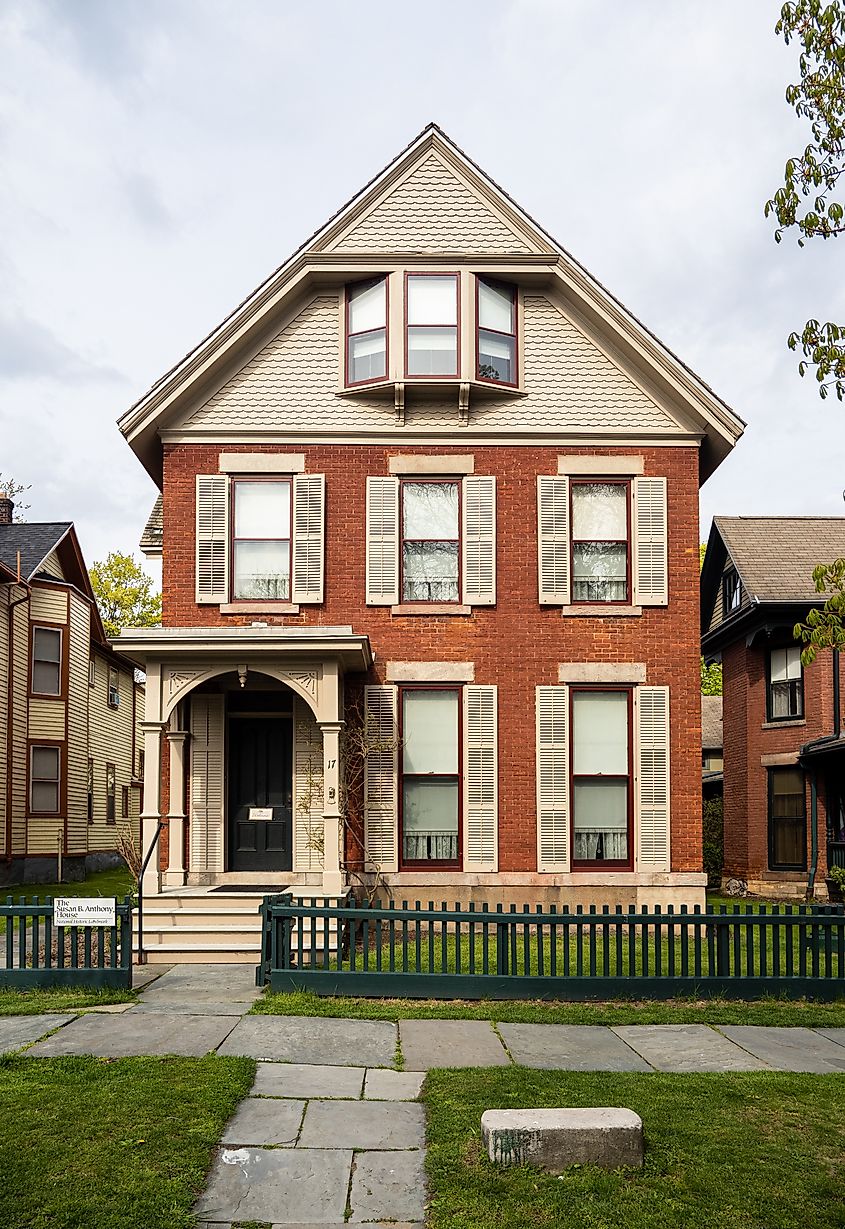
The city of Rochester punches above its weight when it comes to museums, with a handful of excellent choices, but the Susan B. Anthony Museum & House is perhaps the most unique. It’s an often-forgotten fact that the Finger Lakes region of upstate New York was the birthplace of the American women’s suffrage movement, but many of its most pivotal events took place in the area, and the Susan B. Anthony Museum & House commemorates both a single key figure and the history of women’s activism in the area as a whole.
America’s most famous advocate for women’s right to vote made her home in Rochester. After changing hands several times, local women’s organizations purchased her home in 1945 with the intention of preserving it as a monument to Anthony, and ever since, it’s been operated as a museum that details the events of her life and activism. Whether you’re interested in women’s history or simply curious about the historical goings-on of the Finger Lakes region, Anthony’s home serves as an educational look into a deeply influential movement and figure.
While in Rochester, you could visit plenty of local museums, but the photography-themed George Eastman Museum - the world’s first of its kind - is a particularly well-regarded local attraction.
The Morgan Library - New York City
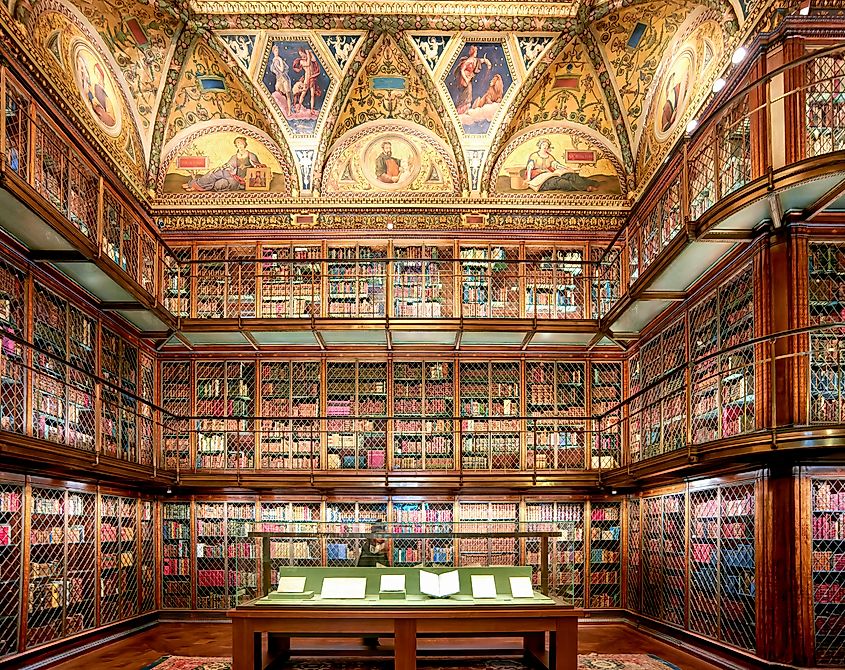
Bibliophiles, take note: the private library of Gilded Age financier J.P. Morgan is one of the most beautiful libraries you’ll ever see. Throughout his later life, Morgan was an avid collector of books, prints, and drawings, and in 1902, he commissioned the building of a grand Italian Renaissance-inspired library to store and display them. It was opened to the public in 1924, when Morgan’s son decided that his late father’s priceless collection was best made available to the people of New York City.
The Morgan’s mission of providing public and scholarly access to some of the world’s most precious written materials continues to this day. The library now operates as a museum and research facility, continually acquiring new materials for display and use. Thanks to its near-unparalleled collection and lovely architecture, it’s an absolute must-see for anybody who loves books.
Anyone drawn to the Morgan Library for its literary treasures will likely be pleased to know that the iconic main branch of the New York Public Library is located only a few minutes’ walk away on Fifth Avenue. For bibliophiles who find themselves in the area, a visit to both libraries is a no-brainer.
The Wild Center - Tupper Lake
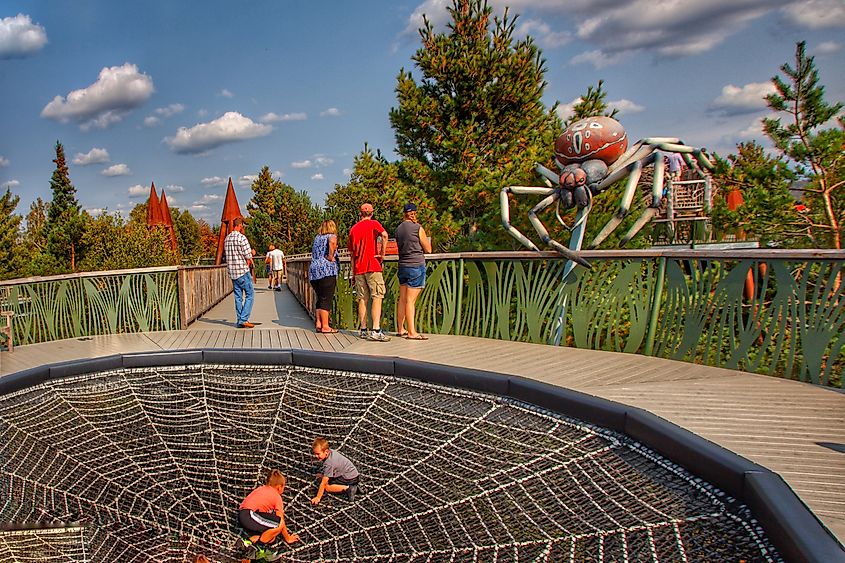
Think of the best science museums in the U.S., and you might imagine the sprawling natural history museums in New York and Washington, D.C. But USA Today tells a different story: in 2025, they awarded The Wild Center in Tupper Lake, New York, fourth place on their list of the top ten U.S. science museums. Dedicated to interpreting and sharing the natural world of the Adirondacks with the public, The Wild Center is more than worth a stop on any Adirondacks road trip.
But this isn’t your typical brick-and-mortar exhibit. At The Wild Center, the focus is on the outdoors, and activities like nature walks and play areas cover 115 acres of museum property. The indoor portion of the museum features interpretive exhibits, films, a one-of-a-kind planetarium show, and animal encounters with local wildlife ambassadors. Aiming to be a fully immersive showcase of the beauty and fragility of the Adirondacks, The Wild Center offers no shortage of things to do.
The Wild Museum, unsurprisingly, is a little isolated, so you’ll have to drive a ways back into town to find anything to eat or see off-campus. If you do, stop at The Washboard Donut Shoppe and enjoy a homemade donut while admiring the lakefront views.
Of every U.S. state, it’s quite possible that New York is the best for museum lovers. Even outside of New York City’s head-turning variety of museums, there are dozens of lesser-known gems hiding out in lesser-known locales throughout the state. And no matter what your area of interest, there’s more than likely a New York museum dedicated to that very subject.
These twelve are only a sampling of what’s out there, so no matter where your New York travels take you, you’re likely to find something that deserves a spot on any guide to the state’s best museums.
